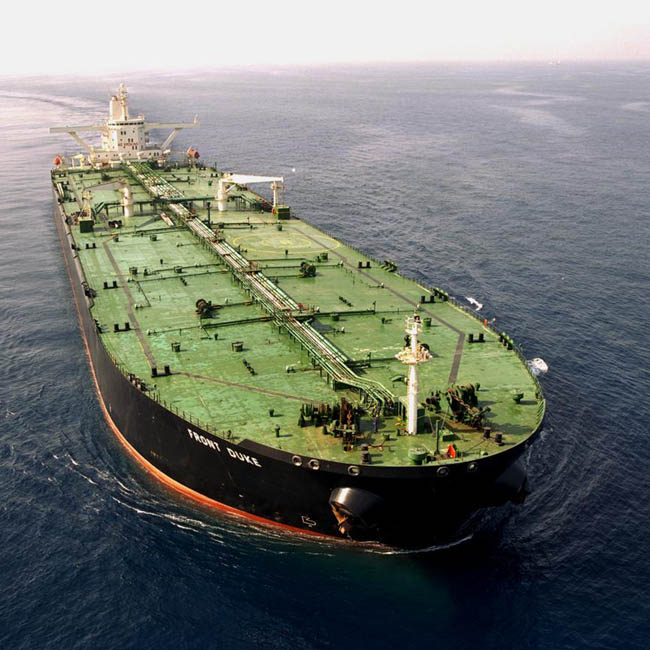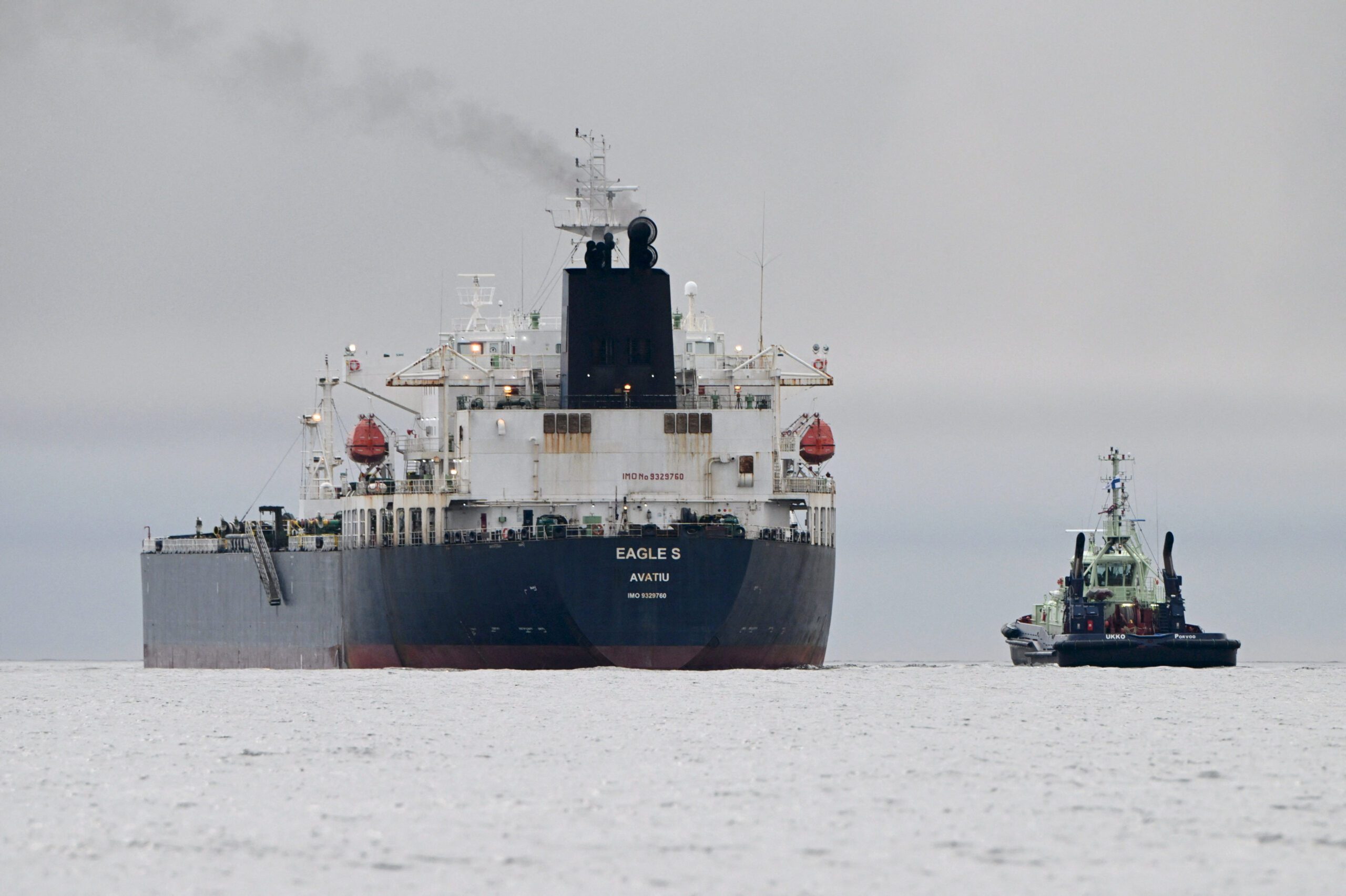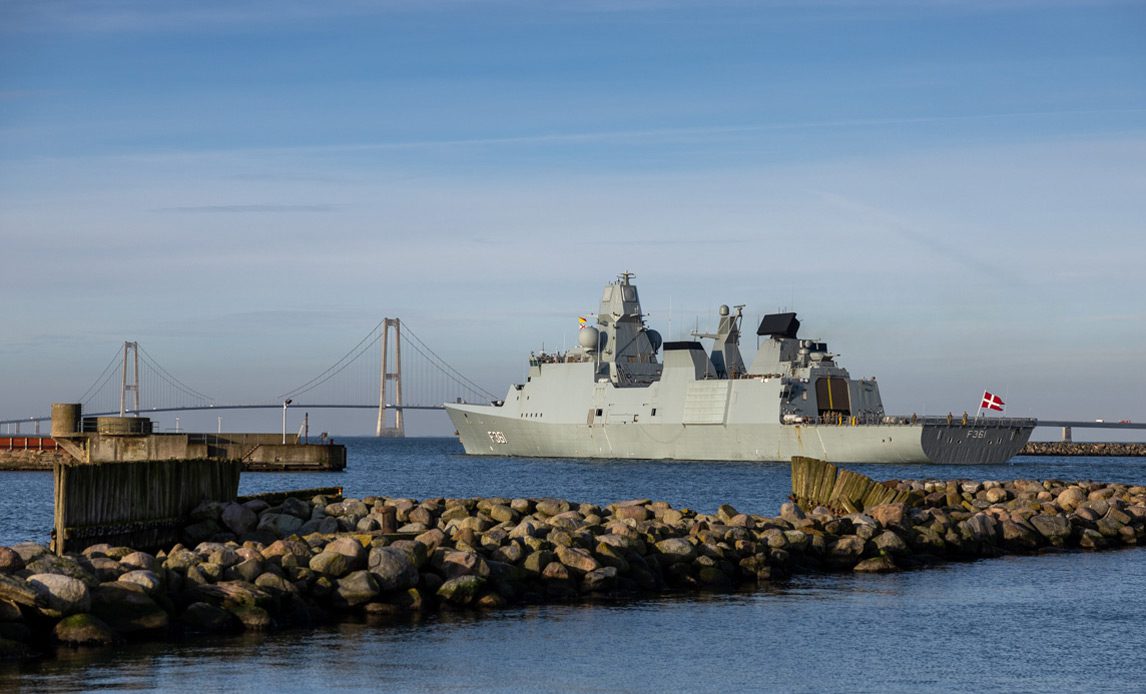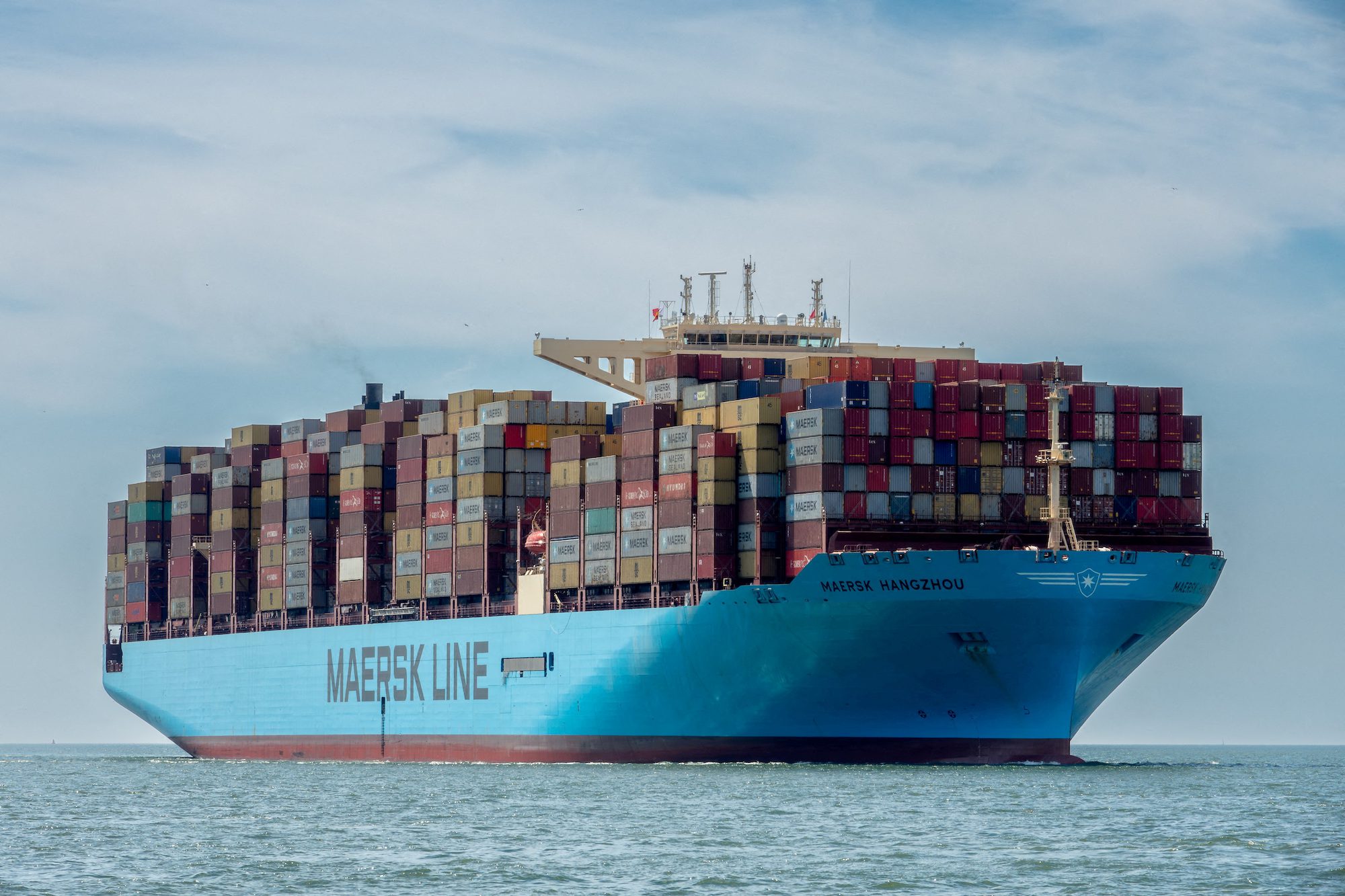(Bloomberg) — A glut of the largest oil tankers in the Middle East is poised to fall to the lowest in 22 weeks as crude shipments to refineries across Asia increase because of colder weather.
There are 12 percent more very large crude carriers for hire over the next 30 days than there are likely cargoes, according to the median estimate of seven shipbrokers and owners surveyed today. That’s a 2.5 percentage-point decline from the previous week and the smallest surplus since June 19.
South Korean, Chinese and Japanese demand for oil shipments strengthened before winter in the three countries starts to boost refinery processing rates, Dahlman Rose & Co., the New York-based investment bank, said in an e-mailed report yesterday. Tankers hired for loading during November in the Persian Gulf reached 141, the most since December, according to data from the Marex Spectron Group.
“Cargoes for loading in November took away a lot of the vessel supply overhang,” Stockholm-based Per Mansson, the managing director of shipbroker Norocean Stockholm AB, said by phone today. “Demand will probably continue for a little while, one or two weeks at best.”
The tankers are earning $28,316 a day on the Middle East- to-Asia voyage, more than double those of a week earlier, according to figures today from the Baltic Exchange, a London- based publisher of prices on more than 50 maritime routes.
The exchange’s assessments don’t reflect speed cuts aimed at reducing fuel costs, the main expense for owners, who can boost returns by slowing tankers on return journeys after unloading cargoes. Marine fuel, or bunkers, rose 0.3 percent to $621.26 a metric ton, the highest since Nov. 1, data compiled by Bloomberg from 25 ports showed today.
Benchmark Voyage
Charter costs for VLCCs on the benchmark voyage climbed 0.7 percent to 55.97 industry-standard Worldscale points, exchange data showed. Rates have jumped 56 percent in 10 sessions. Each of the ships can haul 2 million barrels of oil.
The Worldscale system is a method for pricing oil cargoes on thousands of trade routes. Each individual voyage’s flat rate, expressed in dollars a ton, is set once a year. Today’s level means hire costs on the benchmark route are 55.97 percent of the nominal Worldscale rate for that voyage.
The Baltic Dirty Tanker Index, a broader measure of oil- shipping costs that includes vessels smaller than VLCCs, was unchanged at 723 points, according to the exchange.
– Rob Sheridan, Copyright 2012 Bloomberg.

 Join The Club
Join The Club











